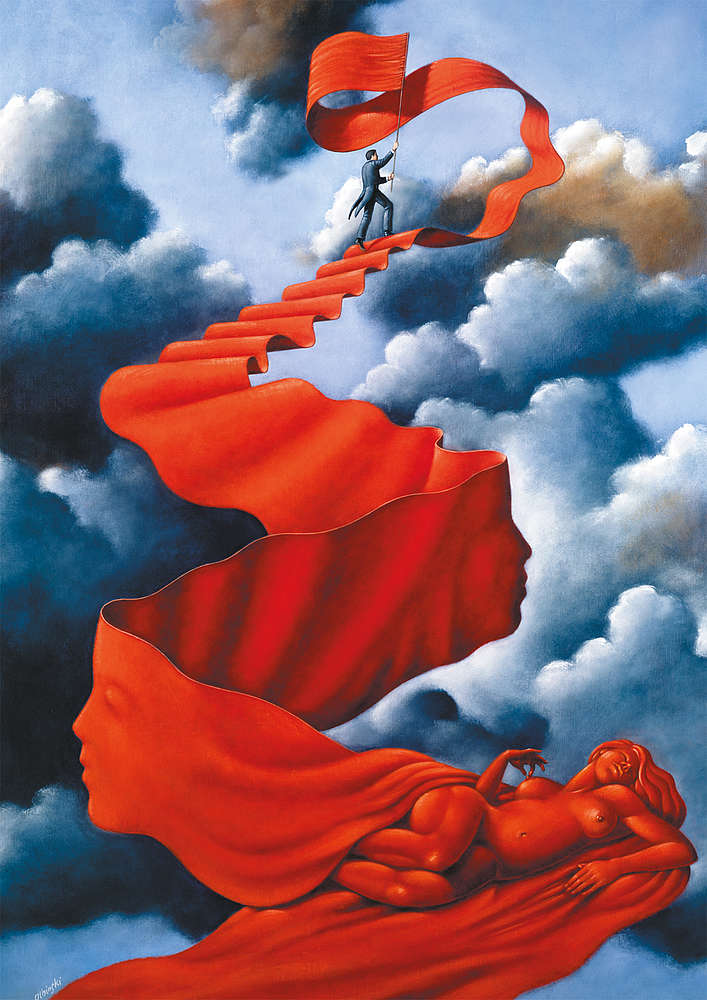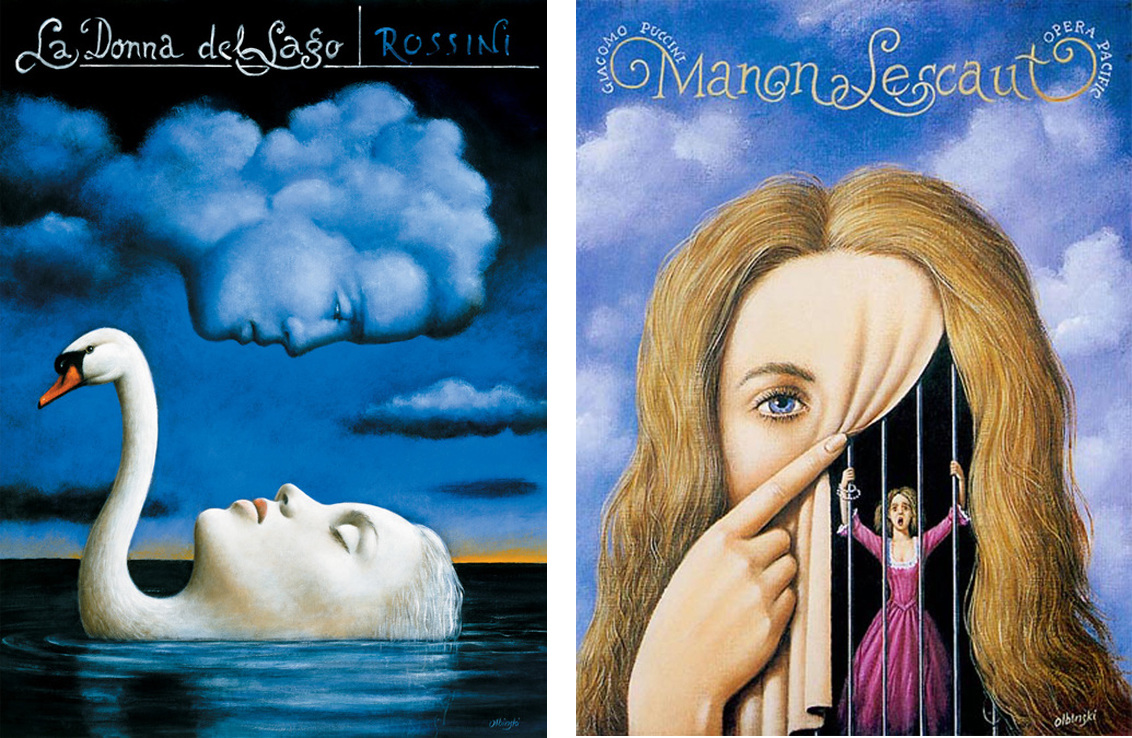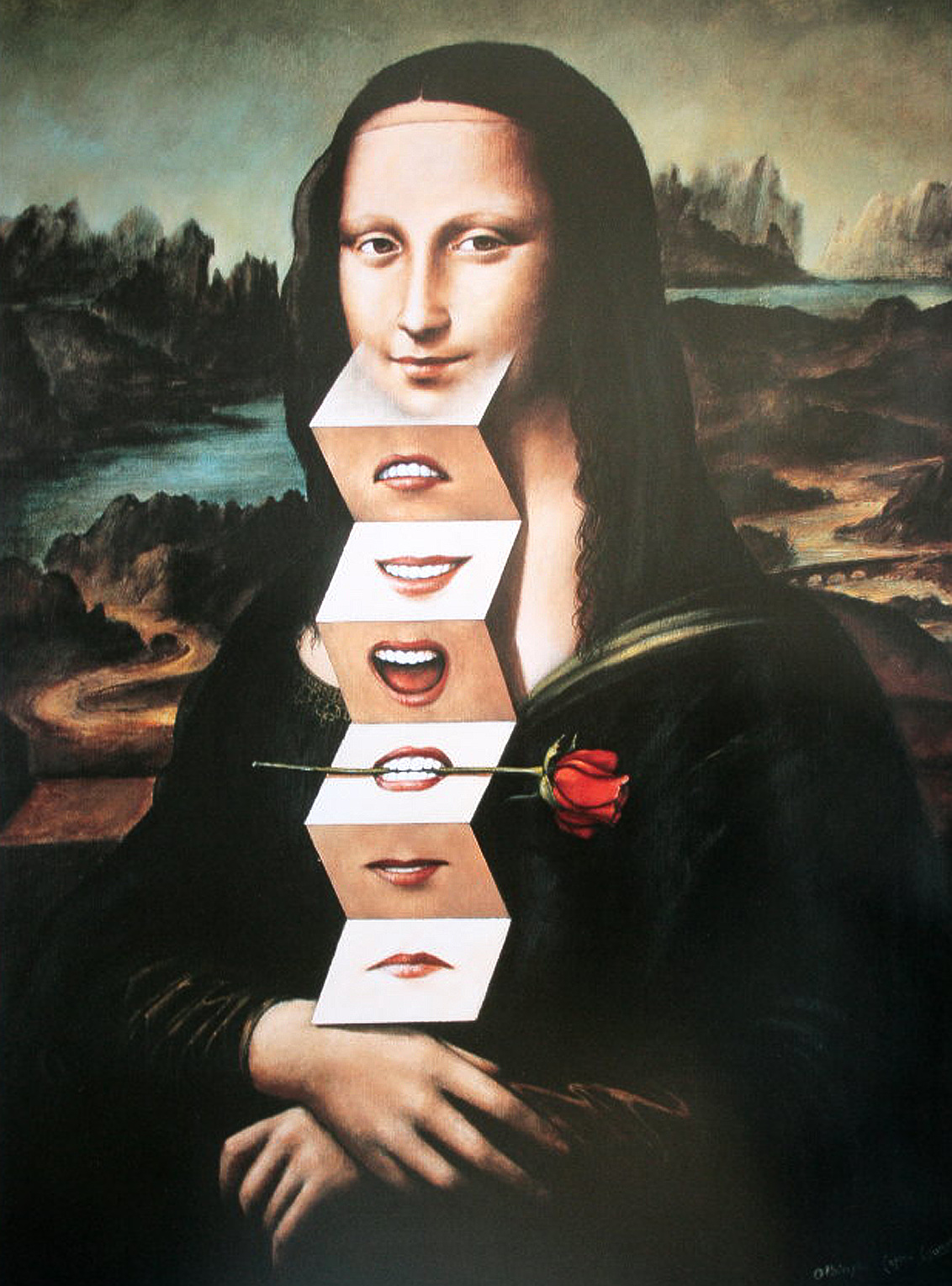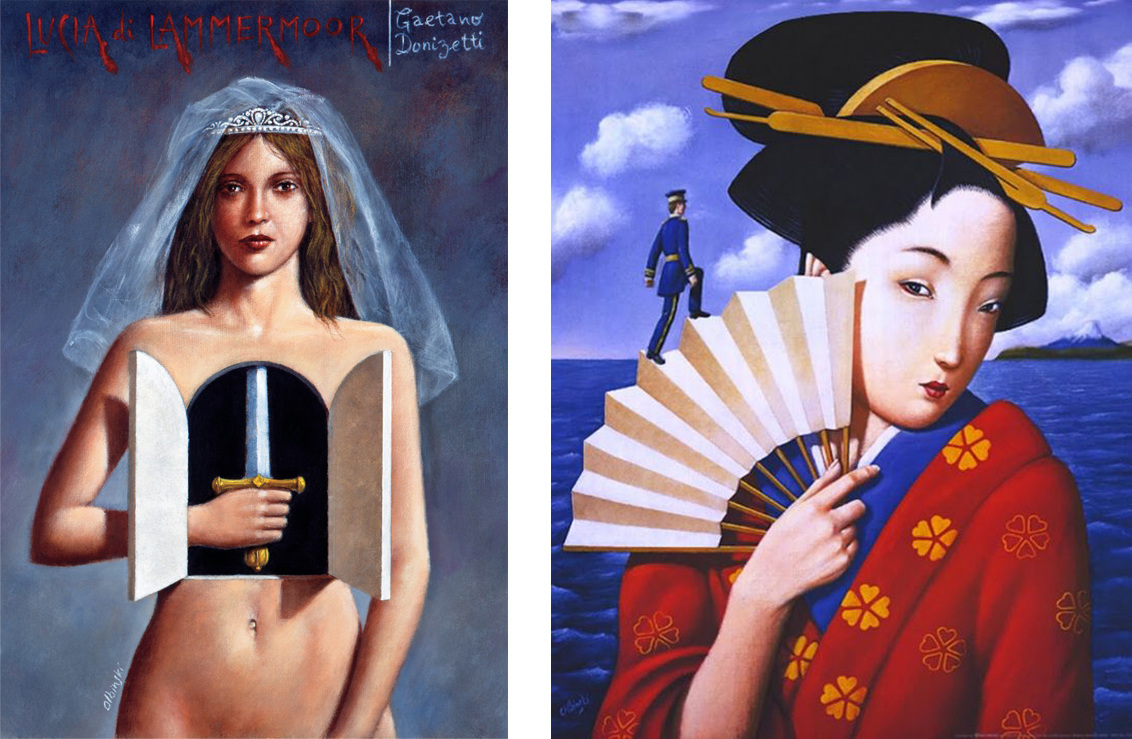rafal olbinski
︎Artist, Painting, Surreal
︎ Ventral Is Golden
rafal olbinski
︎Artist, Painting, Surreal
︎ Ventral Is Golden
︎ Ventral Is Golden
“Every painted image of something is also about the absence of the real thing. All painting is about the presence of absence.” - John Berger.

The late artist and philosopher of art, John Berger, eloquently observed in his seminal study ‘The Ways of Seeing’, that “a woman must continually watch herself... from earliest childhood she has been taught and persuaded to survey herself continually. And so she comes to consider the surveyor and the surveyed within her as the two constituent yet always distinct elements of her identity...”
One aspect of our modern social context of the last four hundred years has been the inability to see beyond the categories assumed by our philosophies, sciences, habits of mass production and subject/object based language systems. The visual language of art and design have also largely reinforced ideas about reality that are born from the biases of dominant technologies.
The idea of ‘the market’ as a baseline for measuring linear, technological progression, is one that has enfolded within it, the idea that as inadequate as we are, we have the consolation of a dream, and this dream is contained within the object, and it is this object that mediates the distinction between the outer, assumed experiences of being a member of society, and the inner, felt experience of reality as an individual.
This shouldn’t detract from the pleasure that these desirable or useful objects afford us, but should go some way to deconsturcting the projection of the desire itself, and the inability of the projection to deliver the pleasure it advertises.
Berger states that “in the cities in which we live, all of us see hundreds of publicity images every day of our lives. No other kind of image confronts us so frequently. In no other form of society in history has there been such a concentration of images, such a density of visual messages.”
Whether the images are symbols of wealth and prestige (as in classical oil paintings) or in advertisements, they render the self-same fractalisation of social ideals, the only difference being the speed in which the images are consumed has been increasing since the dawn of electric communication.
“We are now so accustomed to being addressed by these images that we barely notice their total impact.... we accept the total system of publicity images as we accept an element of climate. For example, the fact that these images belong to the moment but speak of the future produces a strange effect which has become so familiar that we scarcely notice it.”
One aspect of our modern social context of the last four hundred years has been the inability to see beyond the categories assumed by our philosophies, sciences, habits of mass production and subject/object based language systems. The visual language of art and design have also largely reinforced ideas about reality that are born from the biases of dominant technologies.
The idea of ‘the market’ as a baseline for measuring linear, technological progression, is one that has enfolded within it, the idea that as inadequate as we are, we have the consolation of a dream, and this dream is contained within the object, and it is this object that mediates the distinction between the outer, assumed experiences of being a member of society, and the inner, felt experience of reality as an individual.
This shouldn’t detract from the pleasure that these desirable or useful objects afford us, but should go some way to deconsturcting the projection of the desire itself, and the inability of the projection to deliver the pleasure it advertises.
Berger states that “in the cities in which we live, all of us see hundreds of publicity images every day of our lives. No other kind of image confronts us so frequently. In no other form of society in history has there been such a concentration of images, such a density of visual messages.”
Whether the images are symbols of wealth and prestige (as in classical oil paintings) or in advertisements, they render the self-same fractalisation of social ideals, the only difference being the speed in which the images are consumed has been increasing since the dawn of electric communication.
“We are now so accustomed to being addressed by these images that we barely notice their total impact.... we accept the total system of publicity images as we accept an element of climate. For example, the fact that these images belong to the moment but speak of the future produces a strange effect which has become so familiar that we scarcely notice it.”



The relationship between the conception, limitations and breakdowns of ‘class’ and ‘culture’, feminine and masculine, are tropes of Polish Surrealist Rafal Olbinski’s work. Not only is he a major representative of the Polish School of Posters (a movement that subverted a method of visual propaganda as the vehicle for the succinct artistic metaphor), his texturally rich symbolism moves effortlessly through the subconscious, in much the same way as Surrealism maps the poetic influence of dreams onto the surface reality of our actions.
Olbinski’s images are well crafted visual puns that tie the threads between the viewer and the view. The visual pun becomes the interface, or an interference patterm that arouses humour by revealing a kind of unusual grievance.
Olbinski, having been born in 1943, would have grown up through the Polish cultural transition, from imposed Social Realism of a totalitarian regime, to the De-Stalinization of what was referred to as the Polish October (1956).
Parallels of cultural shifts affecting the aesthetics of art, design and consciousness are found in many artworks of similar epochs, from fellow Pole, Stanislaw Lem‘s science-fiction novels, to German born Wilfried Sätty’s unusually macabre, alchemical collages that ran counter to the psychedelia infused imagery of the 1960’s. The Polish School’s subversion of classical fine art and literary techniques exposed their own grievances towards their constructed reality’s failure to deliver what it publicised.
“Publicity speaks in the future tense and yet the achievement of this future is endlessly deferred. How then does publicity remain credible - or credible enough to exert the influence it does? It remains credible because the truthfulness of publicity is judged, not by the real fulfillment of its promises, but by the relevance of its fantasies to those of the spectator.“ - John Berger.
In John Berger's 'Ways of Seeing', both the book and the television series of in-depth discussions echoed the necessity of deconstructing our common acceptance of the world, through the images we create and consume, and how these images either satiate or fuel our commerically induced desires and anxieties. The pun of Olbinski's work both promises and threatens, appears humorous but reveals grievance, and by studying these apparent contradictions, we learn how to better separate our impulses of the superficial from the desirable.
















Further Reading ︎
Artist Bio
John Berger, Ways of Seeing, Episode 3
Stanislaw Lem, Microworlds